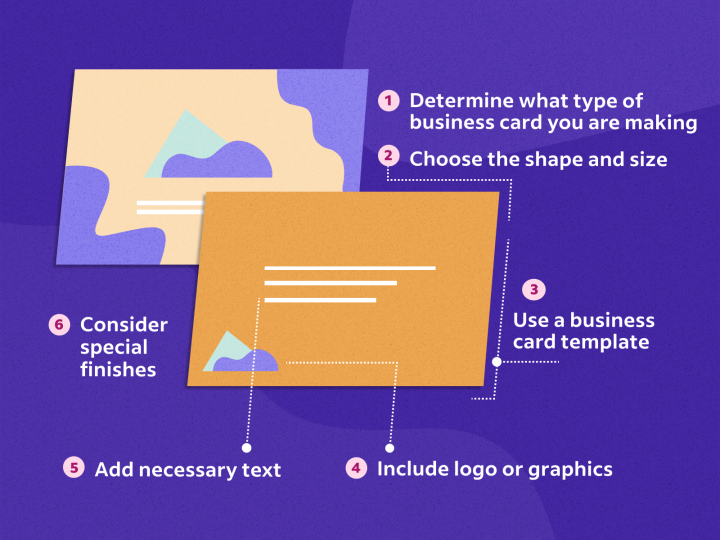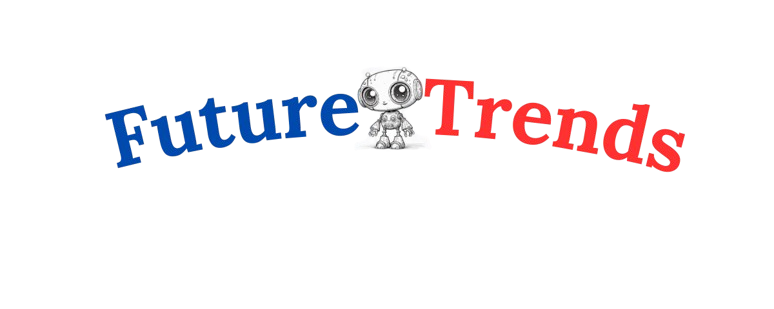
In a world where digital tools are abundant, it might seem like business cards are losing their relevance. However, these compact, physical tokens of contact information still hold tremendous power in networking, branding, and first impressions. Whether you are a startup founder, freelancer, or corporate executive, a well-designed business card can speak volumes about your professionalism and brand.
This comprehensive guide will explore the latest design trends, offer tips on how to use business cards effectively, and provide insights into why business cards remain an essential tool in the digital age.
Why Business Cards Are Still Relevant in the Digital Age
The Power of Physical Connection
In today’s fast-paced, digitally driven world, the tactile experience of exchanging business cards creates a memorable connection. When you hand someone a well-crafted business card, you’re offering more than just your contact details—you’re creating a lasting impression. Unlike an email or digital contact, a physical business card stays in someone’s wallet or desk, serving as a constant reminder of your interaction.
Statistics on Business Card Effectiveness
According to a study by Statistic Brain, over 27 million business cards are printed daily in the United States alone. Moreover, distributing 2,000 business cards can lead to an approximate 2.5% boost in a company’s sales. These statistics illustrate that business cards are not just relevant—they’re essential for business growth and networking.
Enhancing Personal and Professional Branding
Business cards go beyond just exchanging contact information; they are a reflection of your personal and professional image. The design, material, and layout you choose can speak volumes about your brand and values. A well-crafted card can leave a lasting impression and build credibility, whereas a poorly designed one can suggest disorganization and diminish trust in your brand.
Essential Elements of a Well-Designed Business Card

Key Design Principles
A business card’s design should reflect your brand identity while maintaining a clean and professional appearance. Keep these fundamental design principles at the forefront of your approach:
- Typography: The font should be easy to read and reflect your brand’s personality.
- Color Theory: Use colors that complement your logo and evoke the right emotional response from your audience.
- Layout: Ensure that the layout is clean and that the most important information (name, title, contact info) is easily accessible.
- White Space: Avoid overwhelming your card with excessive information. White space can make your card look more elegant and easier to read.
Information to Include
A business card must feature these key details:
- Name and Title
- Company Name or Logo
- Contact Information (Phone Number, Email, Website)
- Social Media Links (if relevant)
- Company Address (optional)
Avoid overloading the card with unnecessary information. Simplicity is key to a memorable design.
For more engaging articles, visit: https://futuretrendz.co.uk/
Latest Trends in Business Card Design
Material Innovations
The choice of material for business cards has evolved significantly. Standard paper stock is no longer the only option. Today’s business cards are made from materials such as:
- Textured Paper: Offers a tactile experience that leaves a lasting impression.
- Plastic: Durable and unique, giving your card a modern edge.
- Metal: Ideal for luxury brands that want to stand out.
- Eco-friendly Materials: Recycled paper or other sustainable materials are growing in popularity due to environmental concerns.
Technological Integration
Modern business cards often integrate technology to increase interactivity. Here are a few cutting-edge options:
- NFC (Near-Field Communication): NFC-enabled cards allow users to tap their smartphone to receive your contact information instantly.
- QR Codes: Add a QR code to your business card that links directly to your website, portfolio, or social media profile.
- Augmented Reality (AR): Some designers are incorporating AR, allowing recipients to scan the card and view a virtual display of additional information.
Personalized and Creative Designs
To stand out, many professionals are turning to personalized and creative card designs. Some current trends include:
- Customized Shapes: Go beyond the standard rectangle with unique shapes that reflect your brand, like circular or square cards.
- Embossing and Foil Stamping: Add texture and shine to your card with raised lettering or foil accents.
- Minimalist Designs: Less is more with sleek, clean designs that focus on essential information and a strong logo.
How to Use Business Cards Effectively for Networking
Best Practices for Exchanging Business Cards
When it comes to exchanging business cards, etiquette varies by culture and region. Nonetheless, there are some general best practices to follow:
- Offer Your Card at the Right Time: Don’t rush to give your card. Wait until the conversation has progressed naturally.
- Respect the Other Person’s Card: When you receive someone’s card, take a moment to look at it before putting it away. This shows respect and interest.
- Keep Cards Easily Accessible: Don’t fumble for your cards when the time comes to exchange them. Have them in a dedicated cardholder or pocket.
Maximizing Networking Opportunities
After an event, don’t let the business cards you’ve collected gather dust. Reach out to contacts within 24-48 hours while the interaction is still fresh in their minds. Personalize your message and reference your conversation to make a lasting impression.
Case Studies of Successful Business Cards
The Minimalist Approach
A consulting firm designed a minimalist business card using only their logo, name, and a QR code. The clean, professional design, combined with the interactive QR code, led to a 20% increase in client inquiries after events.
Creative Industry Success
A graphic designer handed out business cards made from recycled material with a personalized sketch on the back. This unique approach led to multiple job offers, as recipients were impressed by the designer’s creativity and eco-consciousness.
Frequently Asked Questions (FAQs) About Business Cards
1. What details are important to include on my business card?
You should include your name, title, company logo, contact details (phone, email), and social media handles if relevant. Refrain from overloading the card with extraneous details.
2. What is the typical size for business cards?
Across the U.S., business cards commonly measure 3.5 x 2 inches. However, many professionals opt for customized sizes to make their cards stand out.
3. Are business cards still relevant in the digital age?
Yes, business cards remain relevant. They offer a personal connection during face-to-face interactions and leave a lasting impression. Plus, they can integrate with digital tools like QR codes and NFC technology.
4. How can I make my business card more distinctive?
You can use creative designs, materials, and technology like NFC or QR codes. Focus on quality, simplicity, and ensuring your card reflects your brand identity.
5. How many business cards should I print?
The number depends on your needs, but a good starting point is 250-500 cards. This will allow you to distribute cards at events, meetings, and networking sessions.
Conclusion
Business cards remain a crucial tool in professional networking, branding, and marketing. A well-designed business card not only helps you exchange contact information but also creates a lasting first impression. By embracing modern design trends, incorporating technology, and following best practices for networking, you can elevate your business card from a simple piece of paper to a powerful branding tool. Whether you’re in the corporate world or a creative industry, the right business card can open doors and create opportunities.







